
10 minute read
Chefs’ Tips and Tricks
Squashing Expectations
BY KEANE STRAUB I PHOTOGRAPHY BY DONG KIM
Advertisement
It’s harvest season, and with it come the fruits of the genus
Cucurbita (which includes squash, pumpkins, and gourds). They’re packed with vitamin C, sure to give you a boost in the cooler months.
They can be smooth or bumpy, slim or rotund, and come in familiar fall hues of orange, gold, and scarlet, and cooler shades of green, blue, and white. And, for as many colour and shape combinations there are dishes that showcase these autumn faves.
In this month’s Chef’s Tips you’ll find local pumpkin experts and Alberta chefs sharing their favourite squash and pumpkin dishes, inspired by their loved ones and the people they’ve met along their journeys.
Sprawling across 80 acres in Parkland County, Alberta, family-owned and operated Somerset Farms is the place to procure pumpkins. “Pumpkins are our passion,” says main grower, Kate de Windt. “This year we grew 49 different varieties and 15,000 pumpkins.” Along with their u-pick pumpkins, the farm also offers private fire pit rentals, picnic areas, and outdoor events.
A former marine and freshwater biologist from Ontario, here in landlocked Alberta de Windt maintains a large vegetable garden at home, and enjoys growing, harvesting, and preserving food for her family. “Pumpkins and winter squash are one of the easiest vegetables to store and can last 4-12 months once harvested from the garden.”
Store them in a cool place (10-15ºC) with good air circulation, like a cool spot in your basement. No basement? No problem. De Windt adds, “I love to cook a couple of pumpkins at a time and then freeze any additional puree in 1 cup portions for later use.”
Adding pumpkin to your menu staples is a great way to make vegetables appealing to even the pickiest of eaters. “From the time our kids were really little I tried to incorporate vegetables into every meal,” explains de Windt. “Pumpkin pancakes were one of the easiest ways I found to add them into our breakfast routine.”

Pumpkin Pancakes
Makes 18–20, 7 cm pancakes
2 cups all-purpose flour 4 tsp baking powder 1 tsp salt 1½ tsp cinnamon ½ tsp ginger ¼ tsp nutmeg ¼ tsp ground cloves ¼ cup brown sugar, packed 1½ cups (375 mL) 2% milk 1 cup (250 mL) pumpkin puree, homemade or canned 2 Tbs (30 mL) canola oil 2 eggs, large 1 tsp (5 mL) vanilla extract 1 Tbs (15 mL) fancy molasses 1. In a large bowl whisk flour, baking powder, salt, cinnamon, ginger, nutmeg, cloves, and brown sugar. 2. In a small bowl whisk milk, pumpkin puree, canola oil, eggs, vanilla extract and molasses. Once mixed, add to dry ingredients and mix just until combined. Let sit 3-5 minutes until slightly thickened. 3. Heat a lightly oiled frying pan over medium heat. Scoop the batter into the pan using a ¼ cup (60 mL) scoop for each pancake. When bubbles appear around the edges of the pancakes (2-3 minutes) flip over and brown the other side. Pancakes are cooked when the centre springs back when lightly touched. 4. Serve hot with plenty of butter and your favourite syrup.
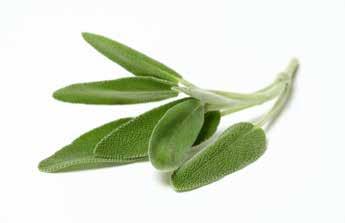
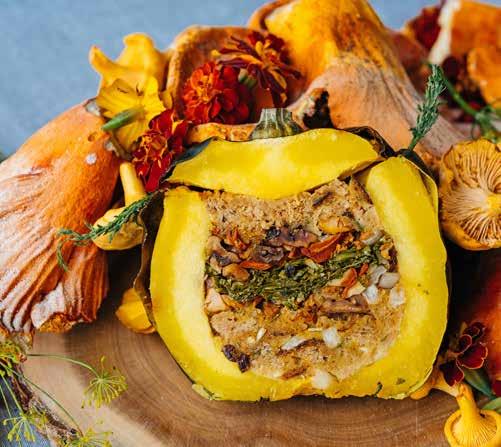
Chef and owner Scott Downey of Edmonton’s Butternut Tree is inspired by the diversity of culture and cuisine that is found throughout the world, as well as local ingredients and techniques. “With our nation’s diversity being such a melting pot, through exploring our agriculture and wilderness we begin to find more pieces to our culinary vocabulary,” he explains.
His time in New York cooking at Daniel, under Chef Daniel Boulud, is much of what shaped the chef Downey is today. His recipe for stuffed winter squash is an ode to Boulud, “This is a farmhouse classic from the south of France. It’s a recipe that has stood the test of time as it is multigenerational but also something that has been forgotten in the old world of culinary techniques,” says Downey.
Choose your pumpkin or squash by weight, advises Downey, to ensure quality flavour, texture, and nutrients. “If it’s heavy (in comparison to the others offered) then most likely it has more water weight and is fresher.”
Lastly, when it comes to this recipe, Downey says to keep things simple, but be open to experimenting. “This is a traditional recipe with the foundation of what we have on the farm, and nothing goes to waste! It’s a great Sunday meal or side dish to enhance your holiday meal.” Fall Stuffed Pumpkin or Squash
Serves 6-8
1 squash or pumpkin with large cavity (Acorn, Kuri, Kabocha) 1 clove garlic 1 leaf sage 1 sprig rosemary
Stuffing
6-7 slices of day-old bread, cut into 2 cm cubes 1 medium onion, diced 1 Tbs minced garlic 2 Tbs chopped fresh rosemary 1 Tbs fresh sage, chopped 1 egg, lightly beaten ¼ cup walnuts, chopped ¼ cup blackcurrants 1 lb mushrooms, chopped (any kind) To taste salt
¼ cup bacon trimmings ¼ cup (60 mL) whipping cream and reserve for later. Hollow out cavity in a similar fashion to a jack-o-lantern. 3. Lightly season the inside of the pumpkin with salt and place the garlic clove, sage and rosemary into the cavity. Roast for 10 minutes if smaller (acorn) or 20 minutes if larger (kabocha). 4. Meanwhile combine stuffing ingredients in a large bowl. Once roasting has finished remove squash/ pumpkin from oven and let cool completely. 5. Once cool, fill pumpkin to top with stuffing mixture. Top with bacon trimmings, and slowly pour cream over top. 6. Top with pumpkin lid and bake for 45 minutes. Remove, and let rest for 10 minutes (this helps it hold together while cutting). Slice into individual wedges and enjoy!
Note:
Make this your own! Change up with seasonings like juniper, green peppercorn, or apple, or fillings like kale or other hearty greens, chorizo, or meatballs.



Rafael Castillo’s goal as executive chef at Calgary’s Fonda Fora is to create Mexican dishes using local ingredients. “I want to take advantage of where we are and all of the resources we have and apply new techniques to find interesting ways to showcase Mexican culture,” he says.
For the last 14 years, Castillo has worked throughout Mexico, the United States, and Canada. Much of his inspiration comes from his love of both Mexican and Asian cuisine, the seasonality of local ingredients, and what is current in the culinary scene. “I like to visit a lot of restaurants and see the different techniques and products being used.”
When selecting squash and pumpkins, Castillo recommends looking for those that are firm and brightly coloured. “A great tip is to char them — it’s one of the few types of vegetables that can handle a char to that degree, and it is delicious.”
His recipe for mussels and sikil p’aak (Mayan words meaning ‘pumpkin seeds’ and ‘tomatoes’ respectively) tostada highlights the seafood found in Yucatan, in Mexico, combined with a local dish from his hometown, and fond memories of his grandfather. “Every Sunday he loved to have a beer and either sardines or smoked mussels. He was my inspiration behind many of the elements of this dish.” Mussels and Sikil P’aak Tostada
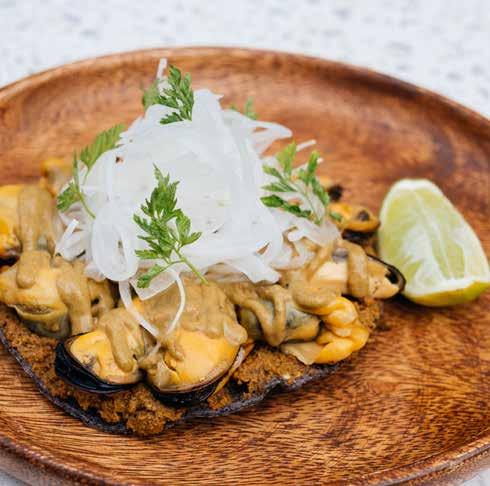
Serves 4
500 g steamed mussels 185 g can smoked mussels ¼ cup (60 mL) white vinegar 2 tsp (10 mL) water 450 g whole Roma tomatoes 1 small white onion, peeled and halved 6 cloves garlic, peeled 1 piece habanero pepper 1 cup (145 g) raw pumpkin seeds 1 Tbs kosher salt 2½ Tbs (37 mL) lime juice ½ bunch cilantro To taste salt and pepper
4 corn tostadas 50 g white onion, for garnish, sliced thin Cilantro leaves, for garnish
1. Blend together the smoked mussels, white vinegar, water and a pinch of salt until you have a smooth vinaigrette. 2. Char tomatoes, onions, garlic, and habanero under broiler, until a well-done black colour all around. 3. Preheat the oven to 400º F and toast pumpkin seeds until right after changing to a nice brown colour (depending on the size of the seed this could take 5 – 15 minutes). Set aside to cool. 4. Blend tomatoes, onions, garlic, and pumpkin seeds with half a piece of habanero for around 3 minutes until it is a soft puree. If you like something spicier, add the other half habanero. 5. In a bowl mix the steamed mussels with the smoked mussel vinaigrette and season to taste. 6. Using a spoon cover the tostada with pumpkin seed mixture (room temperature) and on top place the mussel mixture, covering the whole tostada with it. 7. Top it with sliced onions and cilantro. Enjoy at room temperature, as it helps create a contrast with the steamed mussels.
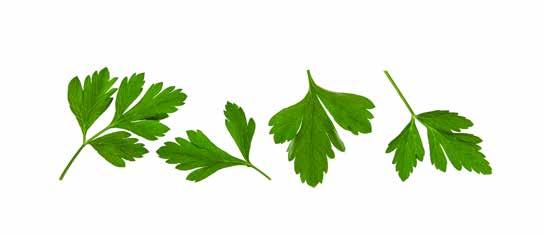
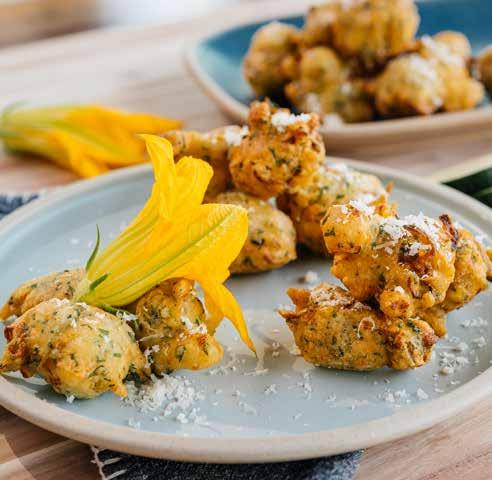
Ryan Roque has been a professional chef for 22 years. His formative years were spent growing up in his parents’ restaurant; later he apprenticed at the Banff Springs Hotel, where he made many lifelong friends and met his future wife. Now, he is a chef instructor at ATCO Blue Flame Kitchen in Calgary. “Here at the Blue Flame Kitchen we strive to help home cooks make meals from scratch, and have some fun along the way.”
Roque’s mother is Italian, and together with her, his Nonna, and his aunts, he developed an appreciation for cooking. “That’s where I realized how much joy food can bring and unite family and friends,” he explains.
Choosing the perfect squash for recipes is like choosing any other vegetable, says Roque. Look for firm unblemished flesh with a uniform colour and try to buy local whenever possible. And don’t forget the squash blossoms! “They can be hard to find but if you know someone growing squash they will probably have a lot to get rid of! You just want to use the outside of the blossom and they can be frozen to use later.”
His recipe for pitelli (zucchini fritters) is from his mother’s side. As a youth, he watched his Nonna make them, and when she passed, Roque’s zia (aunt) Teresa showed him how it was done. “I’ve been making them ever since,” he says. “I’m a strong believer in making sure those treasured family recipes get passed down through the generations to keep the link to our past.” Pitelli
Serves 4
Canola oil, for frying 1 large zucchini, grated 3 tsp fine sea salt, divided 3 cups (375 g) flour 2 Tbs baking powder 2 cups (500 mL) lukewarm water 1 egg 1 cup (85 g) finely grated Parmesan cheese, divided ½ cup basil, chopped ½ cup Italian parsley
1. Pre-heat a tabletop fryer or a heavybottomed pot with 7.5 cm of canola oil to 325º F. 2. Place grated zucchini in a mixing bowl and sprinkle with 2 tsp of salt, mix gently to incorporate. Let stand for 15-20 minutes, the salt will extract some of the moisture from the zucchini. 3. In a separate mixing bowl, combine flour, baking powder and remaining salt. Whisk together to combine. 4. Squeeze the grated zucchini to remove as much excess water as possible. 5. Whisk the warm water and egg into the flour mixture; try to remove as many lumps as possible. Mixture will be quite thick. 6. Switch to a wooden spoon and fold in half of the Parmesan, basil, parsley, and zucchini. 7. Use a spoon and slide about 2 Tbs (30 mL) of batter into the hot oil and fry until golden brown, flipping a few times during cooking. 8. Place cooked fritters on a pan lined with paper towel and sprinkle each one with some of the remaining Parmesan. Enjoy while hot!
Keane Straub has travelled from Tofino to Charlottetown, sampling the different flavours Canada offers. The passion people have for their craft and culture inspires Keane to tell their stories.







